
Navigating Healthy vs. Unhealthy Grief: A Lifestyle Coach’s Guide
Explore healthy and unhealthy grief with our lifestyle coaching insights. Learn how to foster healing, move forward, and cultivate emotional well-being. Dive into the essential aspects of Healthy Grief versus Unhealthy Grief for a transformative journey toward a more balanced and fulfilling life.
Step into “Navigating Healthy vs. Unhealthy Grief: A Lifestyle Coach’s Guide.” As a seasoned lifestyle coach, I recognize the profound impact of the grieving process on one’s overall well-being and the pivotal role it plays in the journey of holistic personal development.
In this guide, we will delve into the nuanced distinctions between Healthy Grief and Unhealthy Grief, unraveling the essential aspects that differentiate a transformative grieving experience from one that may impede personal growth. When approached with mindfulness and purpose, grief becomes a potent catalyst for growth, healing, and the cultivation of a balanced and fulfilling life.
As a personal development and grief coach, it is widely acknowledged that embracing the process of grieving is essential for one’s well-being, especially in the aftermath of a significant relationship loss. A healthy expression of grief allows individuals to release pent-up emotions, fostering healing and facilitating the journey toward moving on with life.
However, not all grief experiences lead to healing. Some individuals find themselves ensnared in a perpetual state of grief, immobilized by the past and unable to forge ahead. What distinguishes those who navigate their grief successfully from those who remain stuck? The key lies in their perceptions of what has been lost.
Join me as we explore the significance of embracing the grieving process as an integral part of the whole person development journey. Together, we will uncover the keys to fostering Healthy Grief, facilitating the release of emotions, and paving the way for healing. Conversely, we will shine a light on the pitfalls of Unhealthy Grief, offering insights and strategies to break free from patterns that may hinder personal growth.
Embark on this insightful journey with me, and let’s navigate the realms of healthy and unhealthy grief, paving the way for a more resilient, empowered, and whole-hearted version of yourself.
What is the difference between those who feel grief and move on and those who get stuck in it?
The distinction between those who successfully navigate their grief and move forward and those who become entrenched in it lies in their perception of the loss. Individuals who can acknowledge and authentically feel their grief, allowing themselves to experience the full range of emotions, often find a path toward healing and resilience.
On the other hand, those who get stuck in grief often have a different perspective on what they have lost. The critical factor is their belief about the source of the loss. When individuals believe they have lost not just a person or a relationship but their core source of love, their grief can become insurmountable.
For instance, consider someone like Lisa, who recently ended a long-term relationship. If Lisa views the breakup as a loss of love, she may be grieving. However, if she sees it as the end of a specific relationship and an opportunity for personal growth, her grieving process is more likely to be healthy and conducive to moving on.
Essentially, the difference lies in whether individuals attribute their sense of self and well-being solely to external factors, such as a person or a relationship, or whether they have a more resilient foundation. Those who develop a muscular, loving inner adult, independent of external sources, are better equipped to navigate grief healthily and move forward.
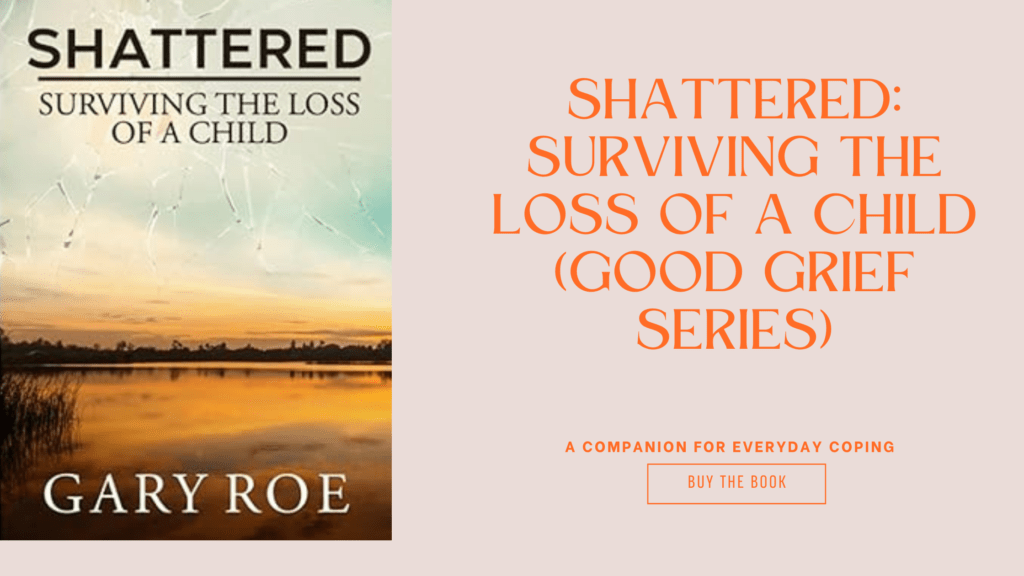
Examples of Healthy Grief, Unhealthy Grief
Meet Alex, who had shared a three-year connection with Jordan until Jordan terminated the relationship. Alex was devastated by the breakup. Throughout the relationship and previous ones, Alex had consistently been a receiver, always seeking love but struggling to reciprocate or share it. Jordan provided significant love, but the relationship left Jordan feeling isolated. Alex’s devastation was not rooted in losing Jordan as a beloved person but rather in losing Jordan’s love. Alex grieved from the perspective of a wounded child rather than a nurturing adult.
Consequently, Alex found himself trapped in a stagnant state of grief, adopting a victim mentality, and dwelling in a mindset of self-pity. Alex had not undertaken the internal work necessary to cultivate the adult aspect of themselves capable of self-love and extending love to others. The result was a sense of being lost, abandoned, and wounded. Despite shedding countless tears, genuine healing eluded Alex, who continued to experience profound loneliness and despair. At times, anger towards Jordan for abandonment surfaced, while at other times, Alex directed anger inward for not being a better partner. Regrets and self-blame perpetuated a cycle of misery, with internal refrains of “If only I had listened more, maybe Jordan wouldn’t have left.”
In contrast, Morgan wrestled with profound grief following the passing of their cherished partner, Taylor. The depth of Morgan’s sorrow differed significantly from Alex’s. Morgan longed for Taylor’s laughter, joy, caring nature, and sense of wonder. Morgan mourned the loss of Taylor as an individual and the inability to share love with them. Remarkably, Morgan harbored no regrets, approaching the relationship with selfless love. The waves of grief came and went, and while tears were shed, Morgan found solace again.
Morgan’s ability to navigate grief stemmed from a solid foundation of self-love. Taylor had not served as the source of Morgan’s identity. Morgan possessed a resilient and loving inner adult connected to a spiritual wellspring of love and wisdom. This inner self, not Taylor, constituted Morgan’s trustworthy source. Taking full responsibility for their emotional well-being, Morgan could mourn Taylor’s departure without succumbing to feelings of abandonment, victimization, or solitude.
On the contrary, Alex struggled to find equilibrium, for Jordan had been the perceived Source of love and a Higher Power. Entrusting Jordan with the responsibility of defining self-worth, Alex felt abandoned when the relationship ended. By relinquishing emotional responsibility to Jordan, Alex had handed their Inner Child – the emotional core – to Jordan, leaving Alex feeling like an abandoned child when the source of love vanished.
As a personal development and grief coach, my insight reveals that unless Alex learns to assume responsibility for their emotions and needs, future relationships may follow a similar pattern of loss and victimhood. In contrast, individuals like Morgan, who master the art of self-love, can navigate grief effectively and cultivate fulfilling relationships in the future.
In Conclusion
In the journey of “Navigating Healthy vs. Unhealthy Grief: A Lifestyle Coach’s Guide,” we’ve delved into the crucial nuances distinguishing Healthy Grief from Unhealthy Grief, understanding the profound impact each can have on your overall well-being and personal development.
Embracing the grieving process is not merely a requisite step but a transformative catalyst for growth, healing, and the evolution of the complete you. As a lifestyle coach, I emphasize the significance of navigating grief consciously, allowing oneself to authentically feel the emotions that accompany loss.
Remember, the difference lies in acknowledging that while relationships and experiences contribute to our lives, they are not the sole source of our identity or well-being. Healthy grief involves understanding that loss is a part of life, and by fostering a loving inner adult within yourself, independent of external factors, you empower yourself to move through grief with resilience.
To further guide you on this journey, consider exploring my books: “The Complete You: A Guide on How to Be Made Whole” and “Unlocking the Power of Your Love: 5 Simple Ways to Practice Self-Love and Kindness. Starting Now.” These resources delve deeper into the principles we’ve discussed and offer actionable insights for your personal development.
But the journey doesn’t end here! Subscribe to my blog for ongoing support, follow me on social media for daily inspiration, and share your thoughts in the comment section below. Let’s continue this transformative journey toward a healthier, more fulfilled, and resilient version of ourselves.
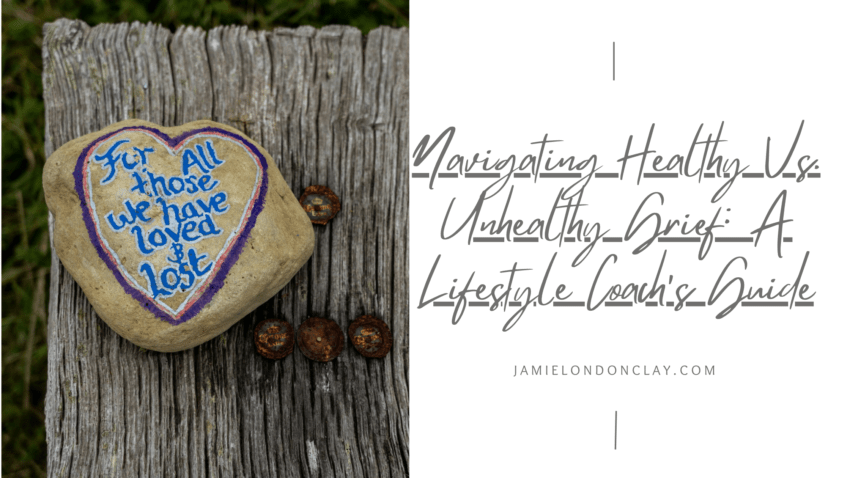
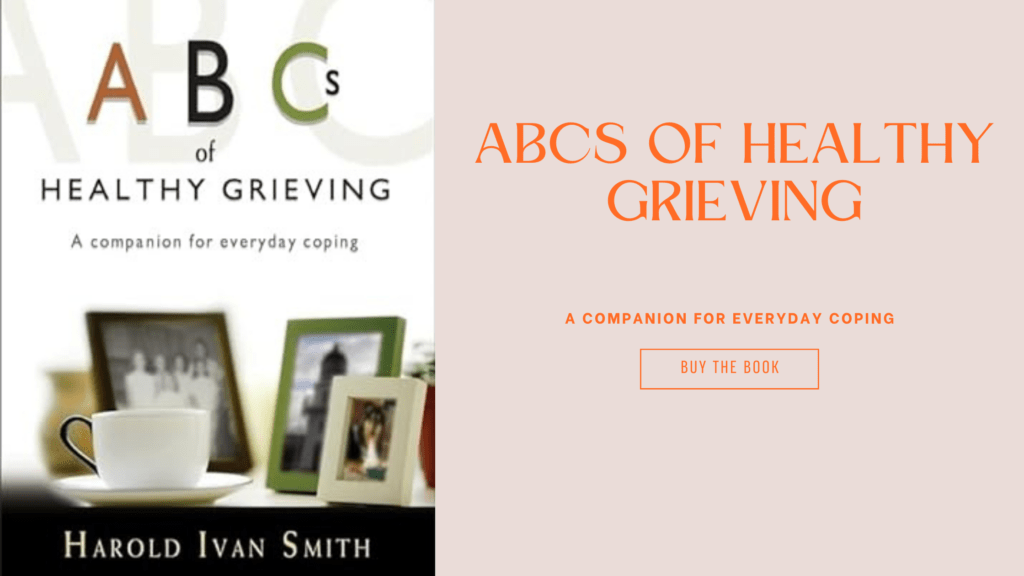
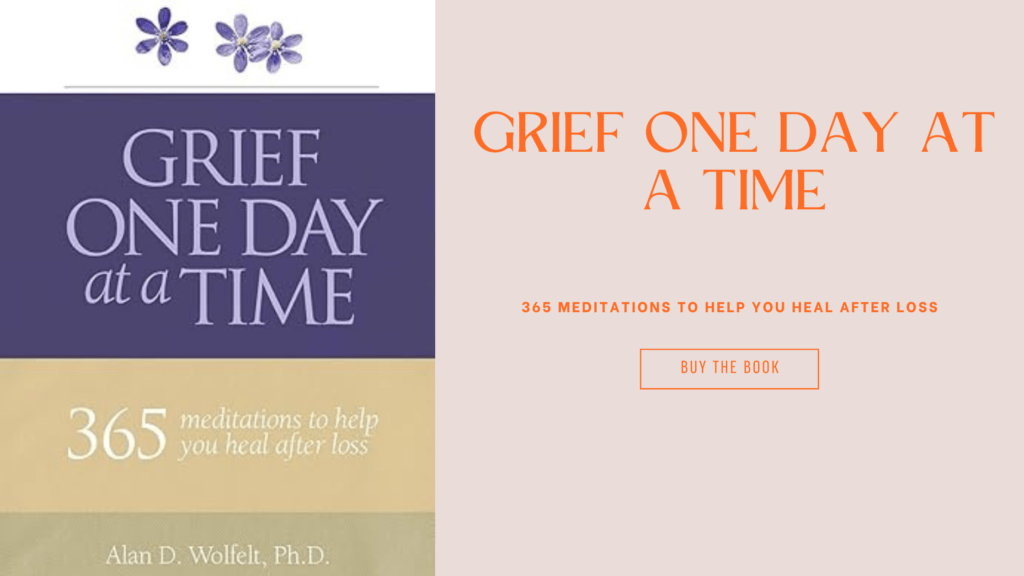
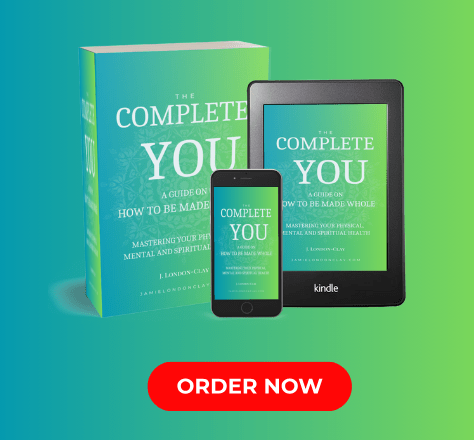
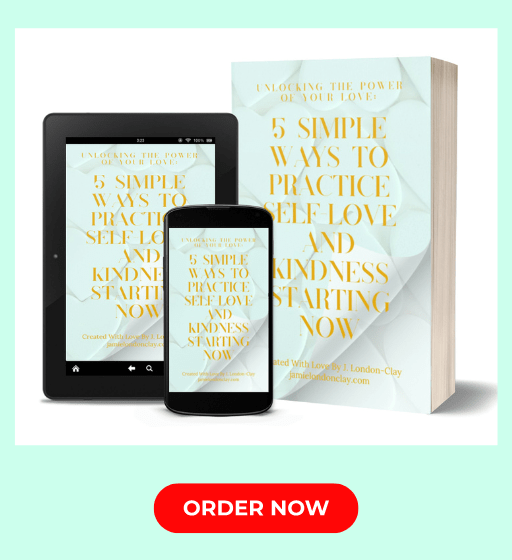
Hello Jamie,Your guide aptly emphasizes the transformative potential of grief when approached with mindfulness and purpose.You go into the nuanced distinctions between healthy and unhealthy grief, shedding light on the factors that differentiate a constructive grieving experience from one that hinders personal growth. Your guide highlights the importance of acknowledging and authentically feeling emotions, emphasizing that healthy grief is a crucial step in the journey of holistic personal development.Your guide underscores the significance of developing a resilient inner self, independent of external sources, as a key to fostering healthy grief and moving forward.You have made a comprehensive guidance for readers on their transformative journey. well done.
Thank you, Ela!
Grief isn’t something that just disappears and it is inevitable a process that happens in all humanity. However, there is a way to get through it successfully. It is a process, but it can be done. Thank you for reading!